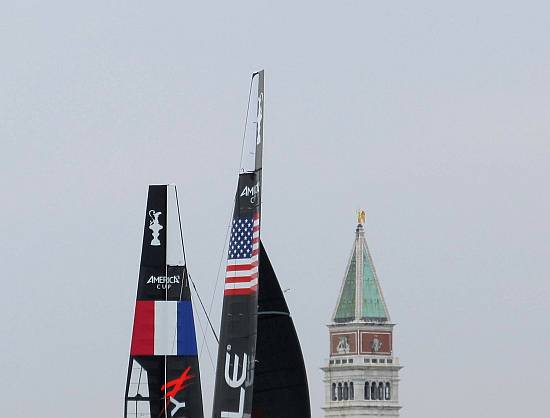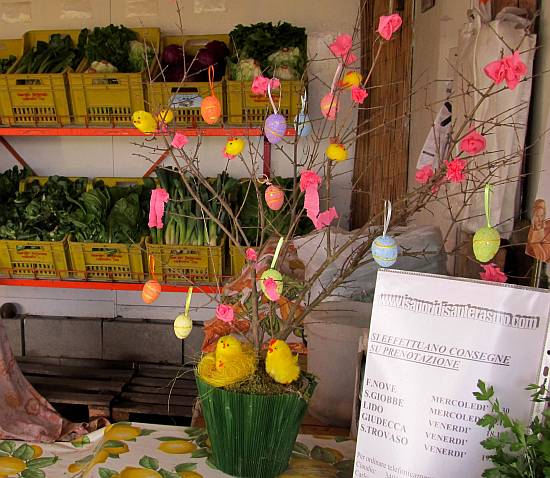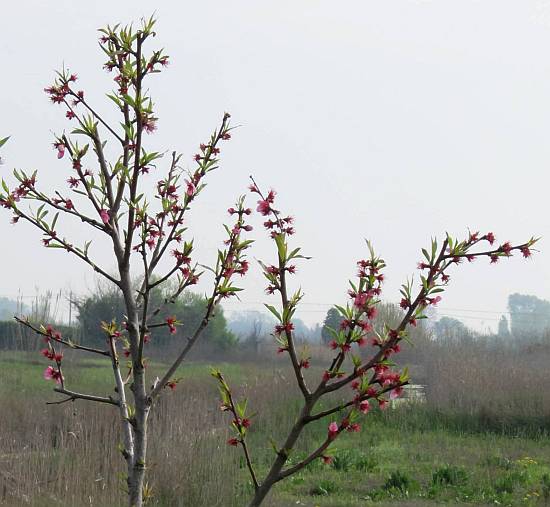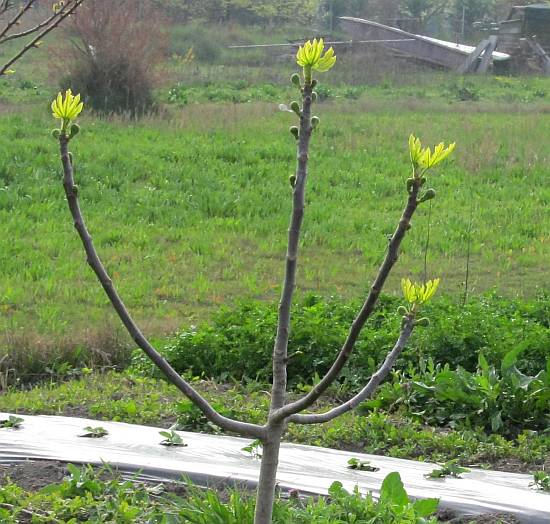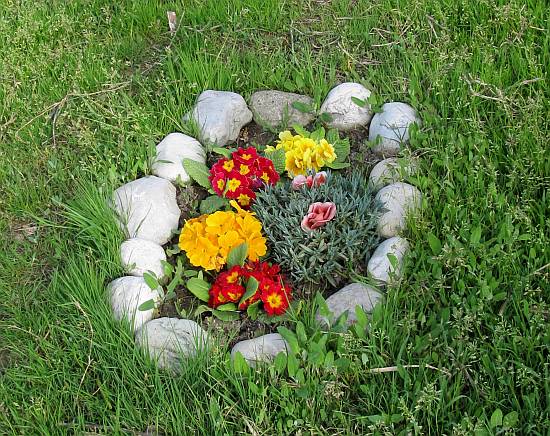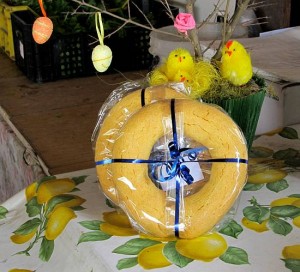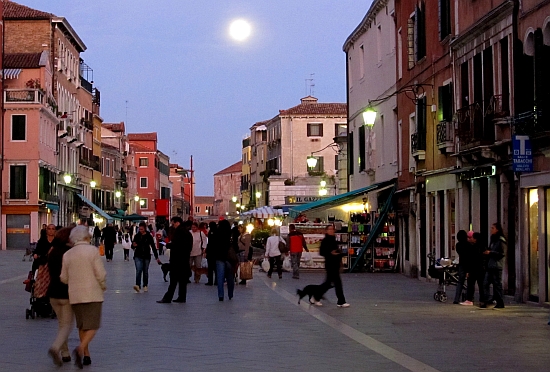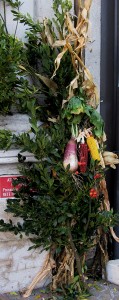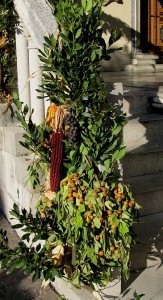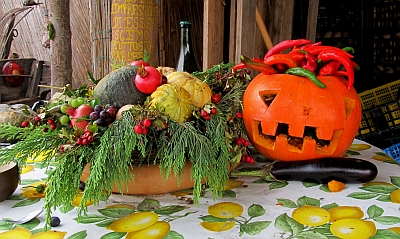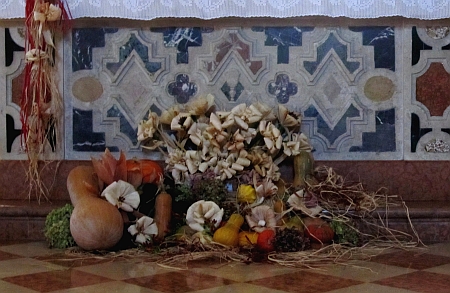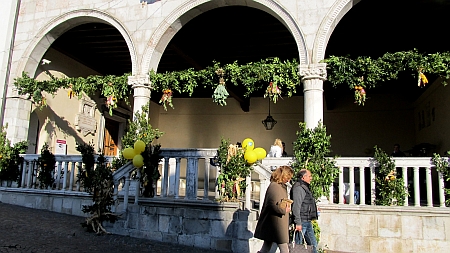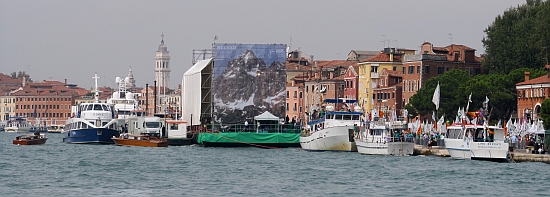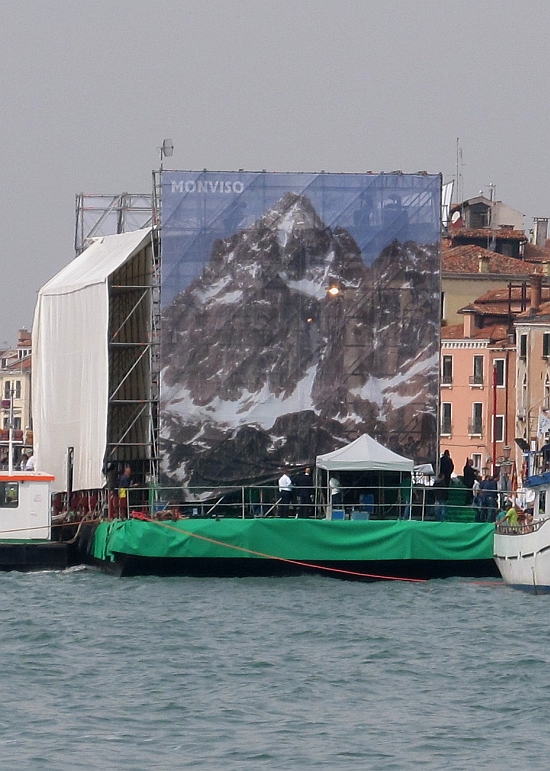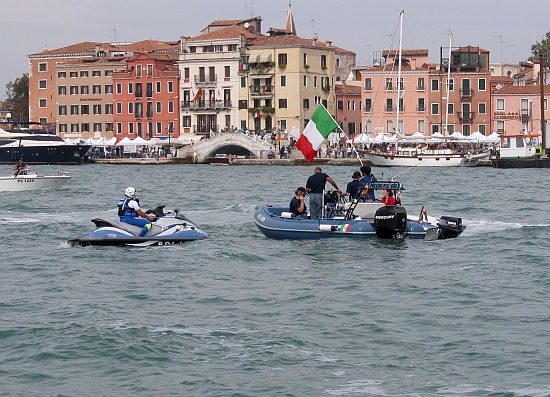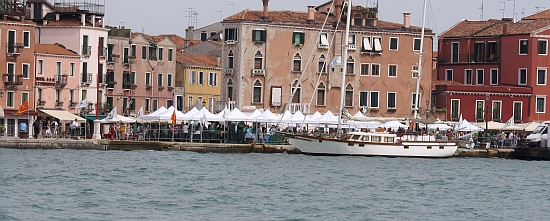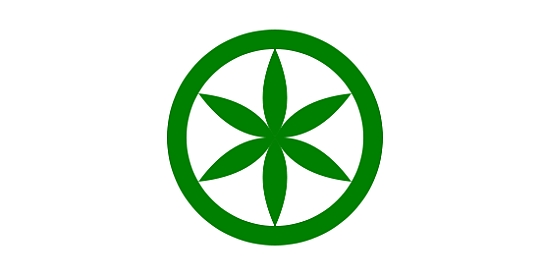I’ve noticed that there are people who don’t like to change their minds, but I do. It generally means I’ve learned something. Here follows my most recent advance.
For the past two weeks or so, there were intermittent and increasing signs of the arrival of a Very Big Time sailing race to be held last weekend: Catamarans battling it out for a title belonging to something known as the World Series of the America’s Cup. There were to be races in the Adriatic just off the Lido, and races in the Bacino of San Marco. The idea of a boat race in what amounts to the center of downtown struck me as extremely strange, possibly not appropriate, probably not very successful. This reaction wasn’t the result of actual thought, just the force of habit.
Essentially, it sounded like it was going to be Just Another Thing. Specifically, just another of those many things which exploit Venice as a stage set, but which have nothing to do with the city and which only create problems for everybody.
Wrong again.
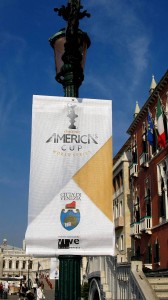
Yes, I had observed intriguing new elements, such as the various crews walking around the neighborhood (the boats were kept in the Arsenal). These were men of various sizes who seemed to have been hewn from oak: All young, all strong, all superbly confident. I don’t mean confident of winning, I mean confident of existing.
It was also announced, in what seemed to me to be a cute sort of “go team” spirit, that a prize would be awarded to the shop on via Garibaldi which was deemed to have created the most imaginative window display with a nautical theme.
That’s as far as I’d gone with tuning into this event.
Then, on my way home Friday afternoon about 5:00, tired and cranky, I found myself at San Marco, stuck because the vaporettos had been suspended because of the races. First reaction: Oh swell.
Second reaction: My God, that’s a lot of helicopter racket from overhead (there were four). As I began my inevitable walk home, plod plod, I looked out at the water. Then I stopped.
Maybe those people on dark Kentucky back roads who find themselves in front of a UFO feel something like what I felt. Because the Bacino had suddenly been transformed from its usual condition of resembling the Wal-Mart parking lot on the last Saturday before school starts into an arena that could only be described as epic.
The Bacino had been taken over by majestic beings skimming with a speed and precision that made it hard to believe they were even touching the water.
It was thrilling.
On your average day/week/era, Venice makes it far too clear that however much it wants to bill itself as a world-class city (credible only because it once was), today it’s essentially a small town in Ohio. And nothing could have made this clearer than to suddenly find the city in the throes of what was in fact a truly world-class event.
I don’t especially care about catamarans and I don’t spend much energy on the America’s Cup. Of course I’m vastly proud of it and know that it’s a huge deal, but I suppose if everybody said, “oh well, let’s not do this anymore,” it wouldn’t have much effect on the fate of the world.
But this was beyond dazzling. The sheer magnitude and splendor of these creations, the diabolical skill of their creators and their sailors (not to mention their owners), the stunning effect of seeing something this important here in little old Venice — I literally stopped in my tracks. And beyond the beauty and strangeness and scope of it all, behind the roaring of the helicopters, you could also hear the roar of the cataract of money which had created all this, which, in a strange way, also added to its fascination. It was like standing under an Iguazu Falls of dollars. Euros. South Korean wons.
It was too much. Venice, which spends most of its time plinking out the same drab little melodies (“We have no money, there are too many tourists, we hate/love/hate/love the big cruise ships, we don’t know what to do about anything…….”) was suddenly on center stage in the middle of the Ride of the Valkyries.
And she pulled it off. There were thousands and thousands of spectators for the finals over the weekend, the hotels were full, and the weather exceptional (except for Sunday afternoon, when the wind wore out). All told, a spectacular success. In fact, it may have been the first time that I glimpsed some sliver of the sheer magnificence which used to be the order of the day here, the grandeur which overwhelmed every visitor who ever got within eyeshot of the place.
That’s where my mind changed. Ideas here, however good and even expensive they may be, are usually left only partially realized, or fully realized and then abandoned, or briefly put aside and then forgotten.
But this was brilliant. Which brought to mind my high school choir director. The first time we managed to do something exactly the way he wanted, he’d stop. “Now you’re in trouble,” he’d say. “Because now I know you can do it.”
Venice, over to you.
PS: Many photographs will be coming as soon as a technical seizure is resolved.

